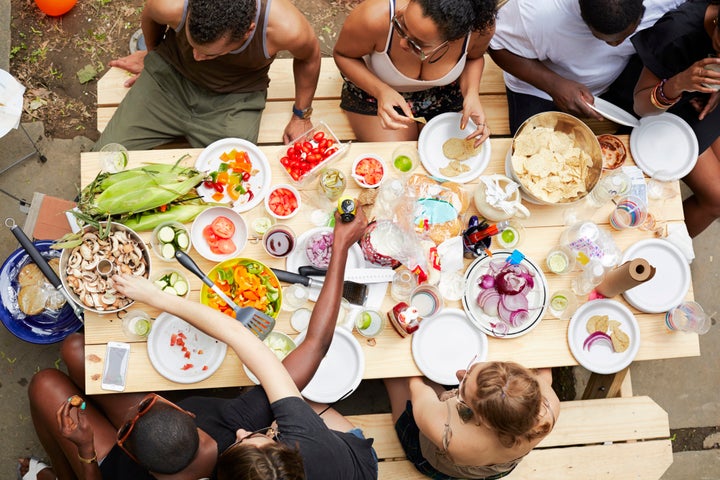
To help Americans make healthier food choices, we have MyPlate: a simple graphic that explains how much of each food group to eat at every meal. The illustration, which replaced the MyPyramid graphic in 2011, is simple, easy to understand and endlessly customizable.
But other countries have different ways to explain what makes a healthy meal. Have you ever heard of the food guideline seashell from Qatar, or the healthy eating pagoda from China?
What's fascinating about these illustrations is that despite the fact that they reflect unique historical and culinary traditions, they're actually more alike than not, says Christopher Gardner, a nutrition scientist at Stanford Prevention Research Center.
"They are more similar than different in terms of which food groups fall into which proportions," Gardner wrote in an e-mail to HuffPost. "Grains, veggies and fruits always fall into the largest categories."
It sounds a lot like the pithy, and oft-repeated healthy eating mantra from food author and journalist Michael Pollan: "Eat food. Not too much. Mostly plants."
As you scroll through the different guides, ask yourself: Am I eating enough plant-based foods? How often am I really eating foods high in sugar, salt and fat (junk foods that are not even pictured in most food guideline illustrations)? And am I overlooking any foods from my culinary heritage that could fit into a pattern of healthy eating?
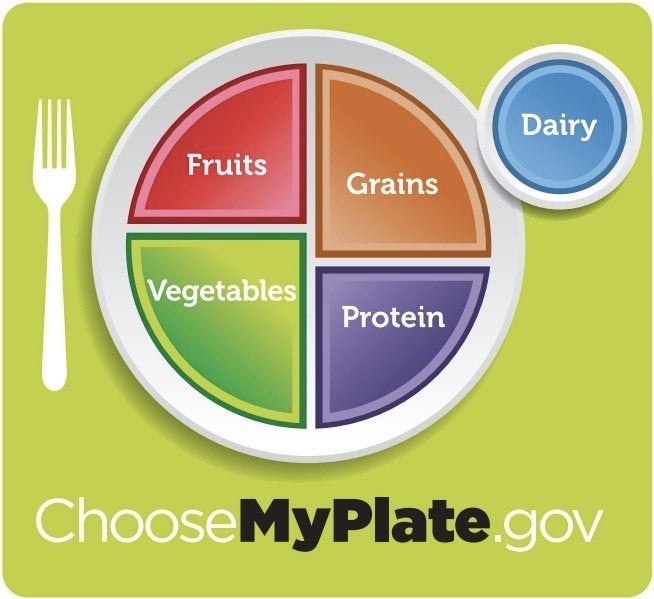
Other MyPlate principles include eating the right number of calories for your age and height, avoiding saturated fat, sodium and added sugars, creating a supportive community that makes healthy eating easier.
The goal of these nutritional guidelines is to avoid obesity and chronic diseases.
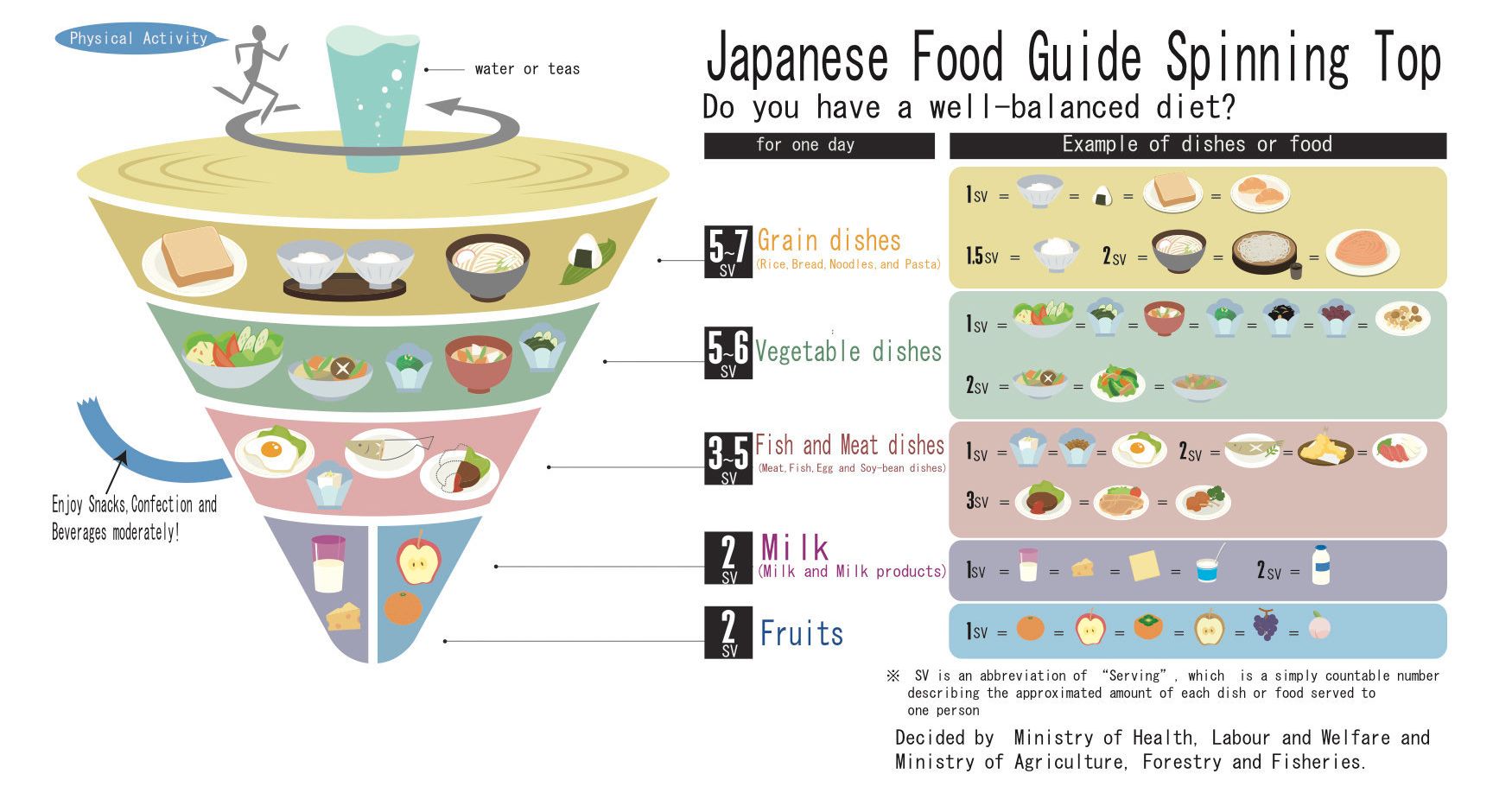
Experts note that the guide is high in carbohydrates like grains and vegetables, and low in fat -- an interesting detail to note, considering the many diet trends in the U.S. that call for lowering grains and increasing dietary fat.

These principles include advice to eat mostly natural, minimally processed foods, eat with company and be wary of food advertisements. They have been praised by experts for their holistic and progressive approach to healthy eating.
The photo above depicts four different dishes for dinner. They mostly include both rice and beans, which reflects the nation's culinary traditions. Vegetables make an appearance in all meals. Red meat is just one option for protein. Others include chicken, eggs and fish.

Proteins like fish, meat, poultry and eggs should be eaten often but in small amounts, and then dairy and beans are on the top level. Fat, oil, and salt, which should be eaten sparingly, makes up the roof of the structure.
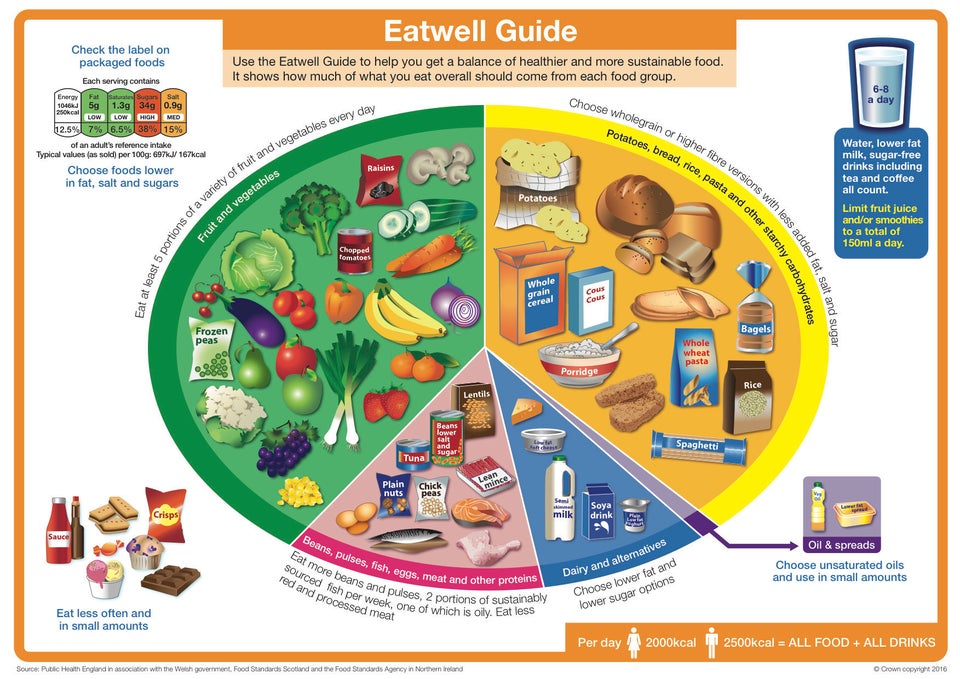
Dairy or dairy alternative foods should be low-fat, and oils are an important part of the diet but should be eaten in small amounts.
Food that is high in sugar, salt and fat are outside the circle because we don't need them to live and they should be eaten sparingly.

People should also drink milk, yogurt or maas (an African fermented milk) daily, as well as clean, safe water. Meat, fish and eggs can also be eaten daily, while things like beans, lentils and soy can be eaten regularly.
Their guidelines also address the dangers of eating tasty but nutritionally deficient food (foods high in sugar, salt and fat), especially for people who come from an undernourished background. From the report:
"It should also be remembered that when previously disadvantaged people who were hungry or food insecure at any time of their life are suddenly confronted with a wide variety of affordable and palatable food, their choices are not necessarily governed by what is healthy."
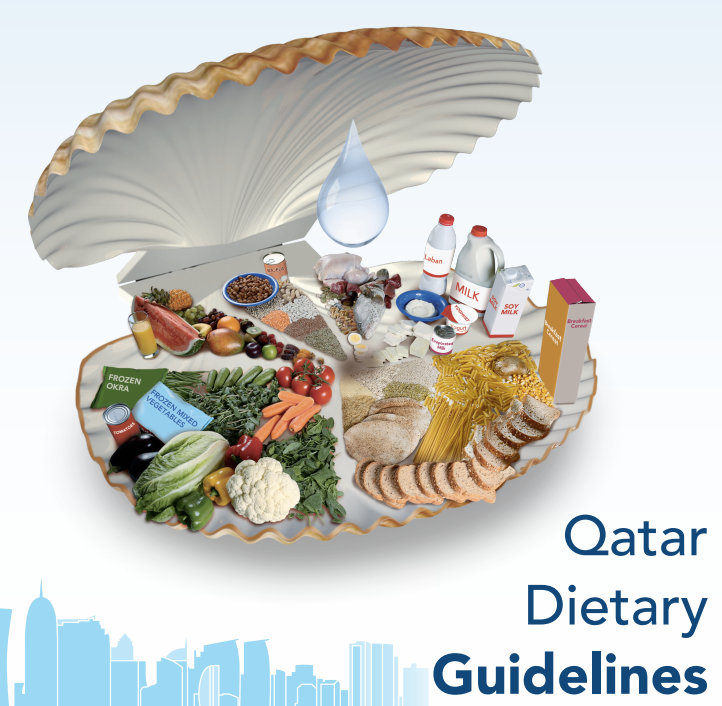
The guidelines contain a special section on weight loss that emphasize the importance of sleep, exercise and social support. From the report:
"Do not obsess about weight. Stay positive, and focus on eating well and being active. If you have children that are overweight, this is even more important."
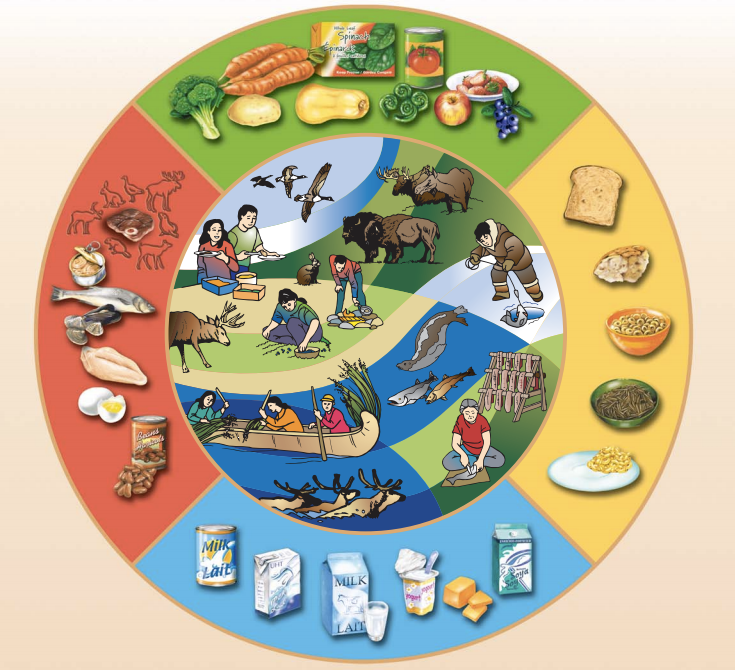
The guideline has serving size recommendations for traditional foods like whale and seal oil, bannock, seaweed and wild game.
Do you want to be more mindful about eating healthy foods that’ll keep your mind and body at their best? Sign up for our newsletter and join our Eat Well, Feel Great challenge to learn how to fuel your body in the healthiest way possible. We’ll deliver tips, challenges and advice to your inbox every day.